A Damanhurian community in Peru
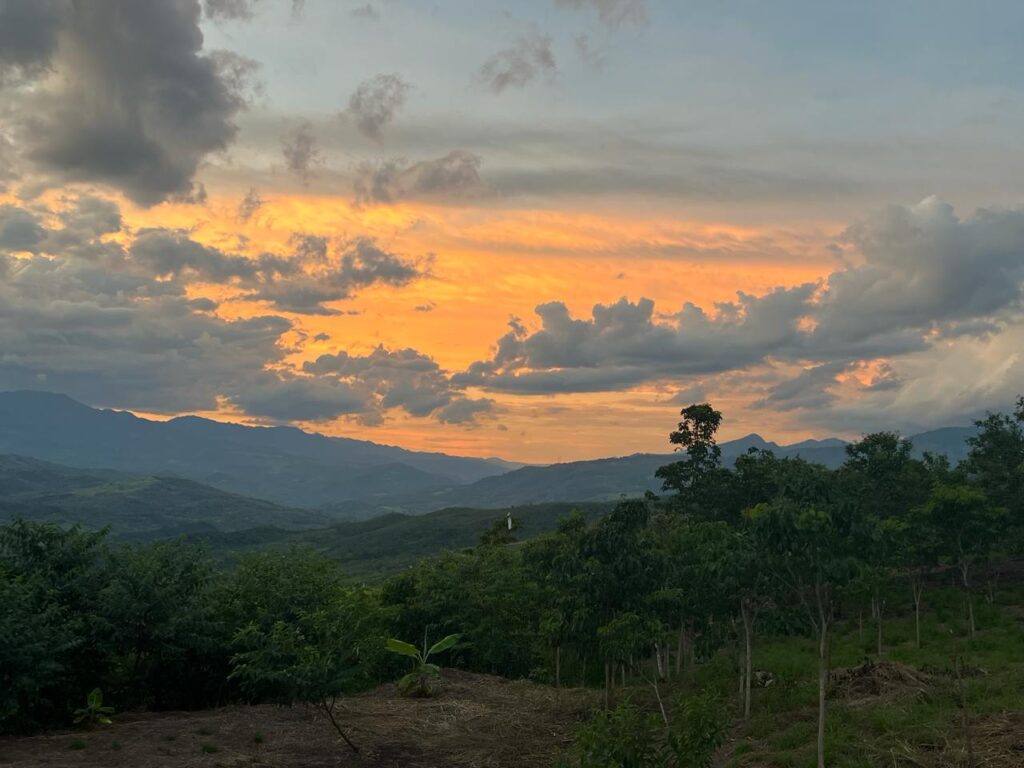
We, Inti and Macaco, have been Damanhurians for decades, and our dream of creating a Damanhurian community in Peru basically stemmed from two factors: Falco, founder and spiritual guide of Damanhur, told Inti, being peruvian, in a personal letter to him that he needed to unite Damanhur with its origins, Macaco has been Damanhur’s representative in the community environment for almost 20 years.
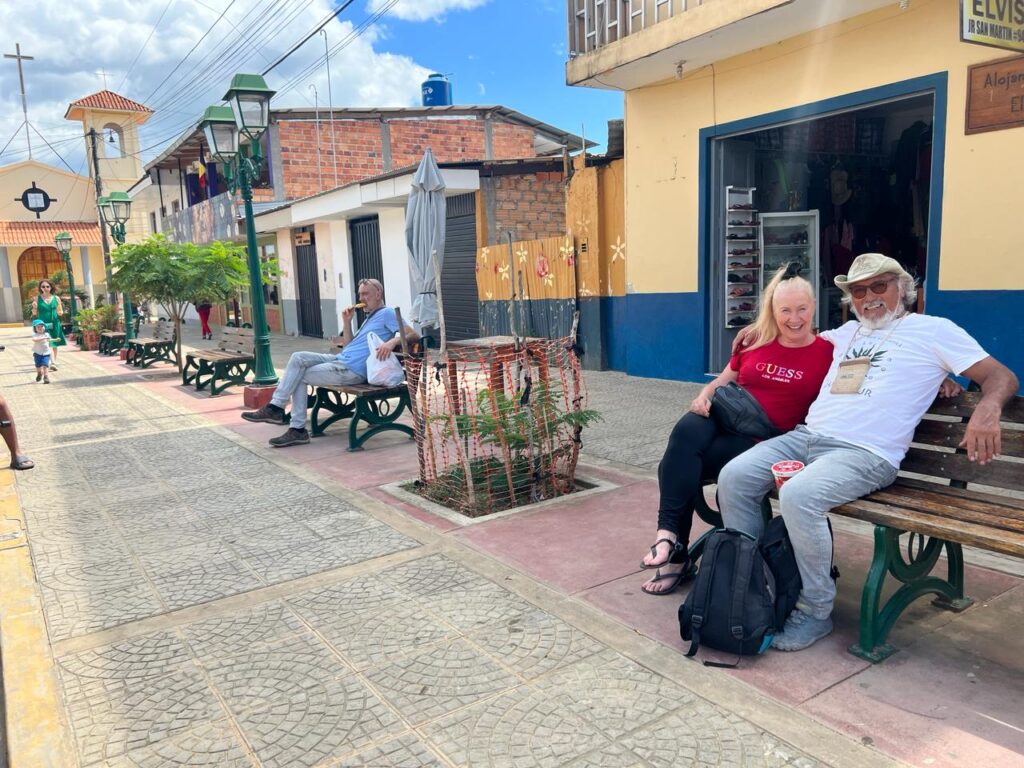
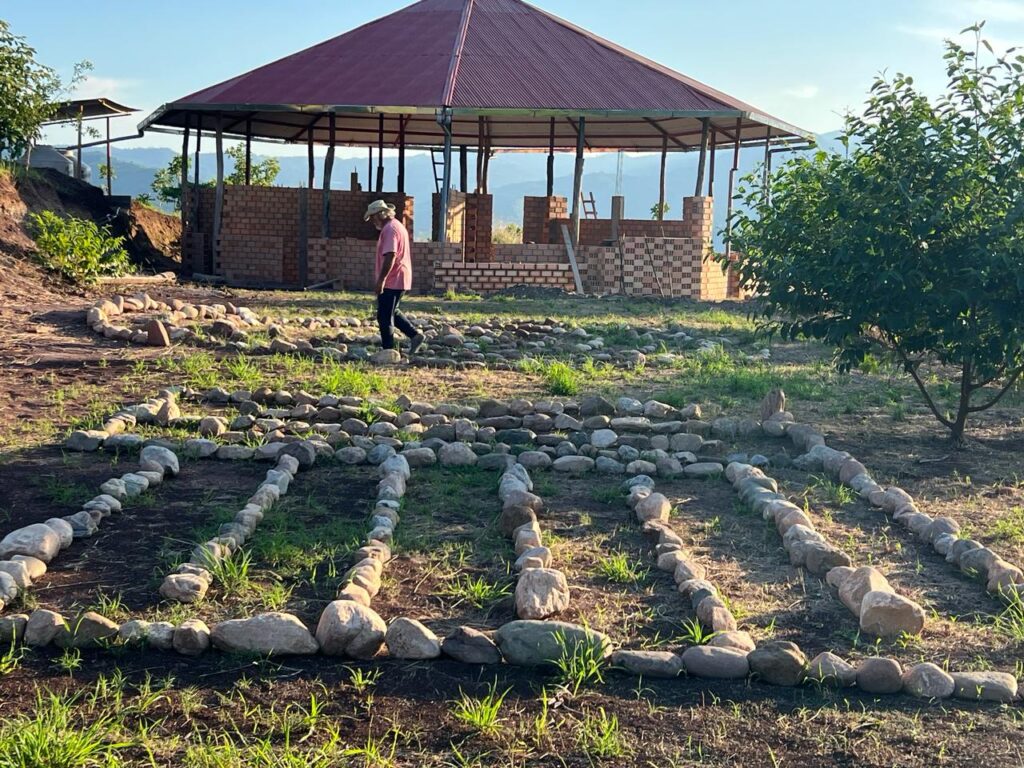
Thanks to a group of friends connected to GEN, who had bought 2 ha of land near Lamas in the province of San Martin in upper Amazonia, the possibility of buying 4 ha adjacent to them had opened up almost 3 years ago. We had had the dream of establishing a Damanhurian community in Peru for some years and this was the opportunity we had been looking for.
But then the question opened up: What kind of community to create in Peru? Will it be the same as Damanhur or how? By integrating the culture of the place? We talked about it with each other and then with the bodies in Damanhur, where we received a lot of support and definitely follow Falco’s advice from the beginning of our adventure in Peru: Follow Synchronicity!
The path to the creation of the community has been quite complex but deeply fascinating and guided precisely by synchronicity, from the bureaucratic part to the construction part.
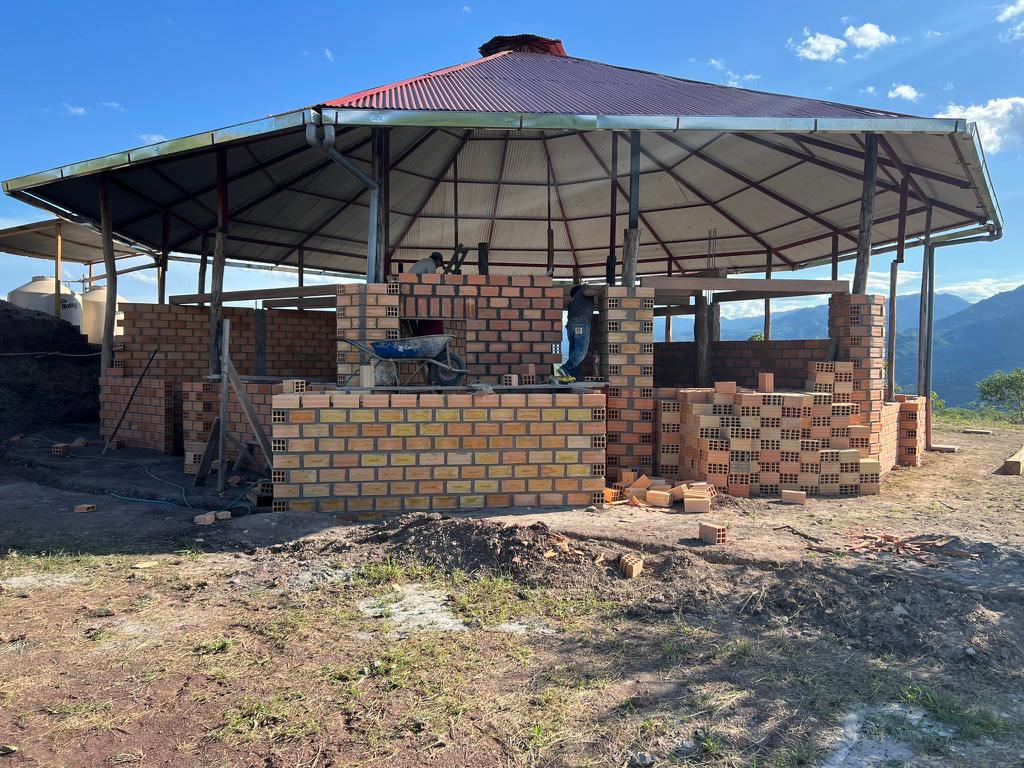
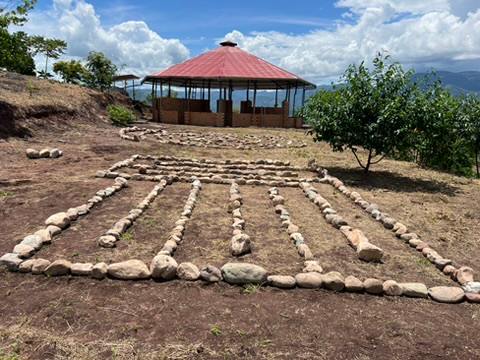
The bureaucracy in Peru is very complex and messy, with several overlapping systems and all the complications that can arise, while the mentality of working in the jungle is very different from ours: people work to do you a favor, not for anything else….
The main reason we decided to start the adventure near Lamas is a synchronic line, which makes a kind of ring around that area, and then because the place is lovely on the level of nature and human being. There is great kindness among people, they help each other, even children greet you in the street, and nature is fantastic, pulsating with life everywhere, hard to explain without experiencing it.
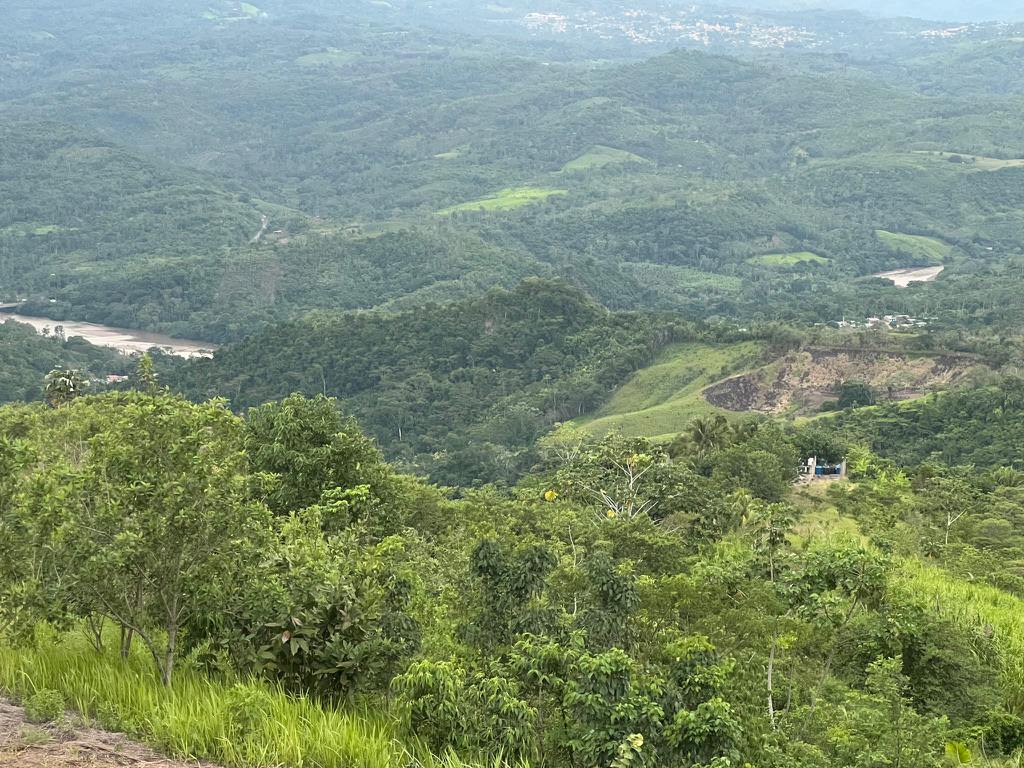
Another big attraction of this place is the authenticity. There are still several indigenous peoples (6) within a few hours, one of them living right in Lamas in the “Wayku”. We had previously done the ritual for the preservation of memories with some elders and shamans of these people. Very profound moments, where you feel the importance of exchange between two peoples, the one transmitting the memories and Damanhur.
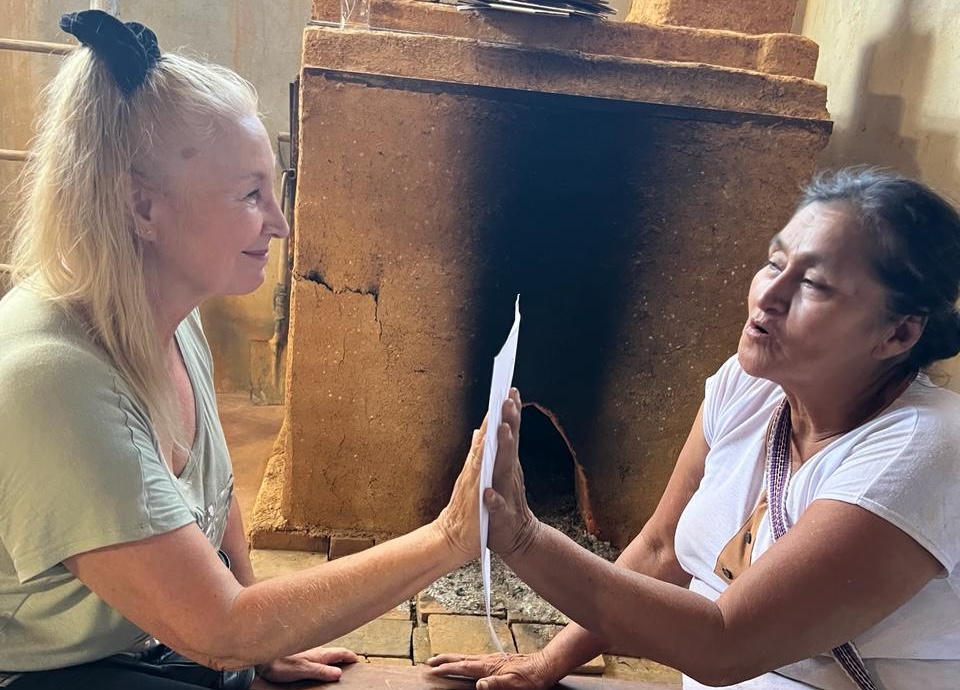
Right now we are building a Maloka, big sacred round house typical of the indigenous people, where practically all life takes place, where people live and do rituals. Our Maloka will be on two floors and will have about 300sqm of living space, the largest part is community space plus four rooms on two floors. We are already well underway on the wall part. We have cisterns to store 10,000 liters of rainwater and we still lack solar panels. Then we will build more smaller houses around and a course room. We have already built a spiral and Pan’s scheme. Besides holding classes we are also exploring what to plant as a productive part.
On the last visit we saw two monkeys and an important part of the project is to reforest part of the land, while another part will be full of fruit trees, we have already planted banana, coconut, papaya, avocado, oranges and several types of mango and a vegetable garden.
For now we go twice a year for about a month and the next time will be in mid-April. If anyone would like to visit Peru and help us out they are welcome, there is no shortage of work…
Vision:
Damanhur Pakarii is an international center for spiritual, community and environmental regeneration research, applying Damanhurian philosophy while also exploring the worldview of indigenous peoples to create a place of healing on a physical, emotional and mental level.
Mission:
The creation of a permanent and periodic community center, a regenerative living model based on the ethical principles of good coexistence and love, in which it is possible to grow together to achieve individual and collective enlightenment; awakening the original state of trust in others and in life; implementing experiences, courses and pathways during different periods of stay.


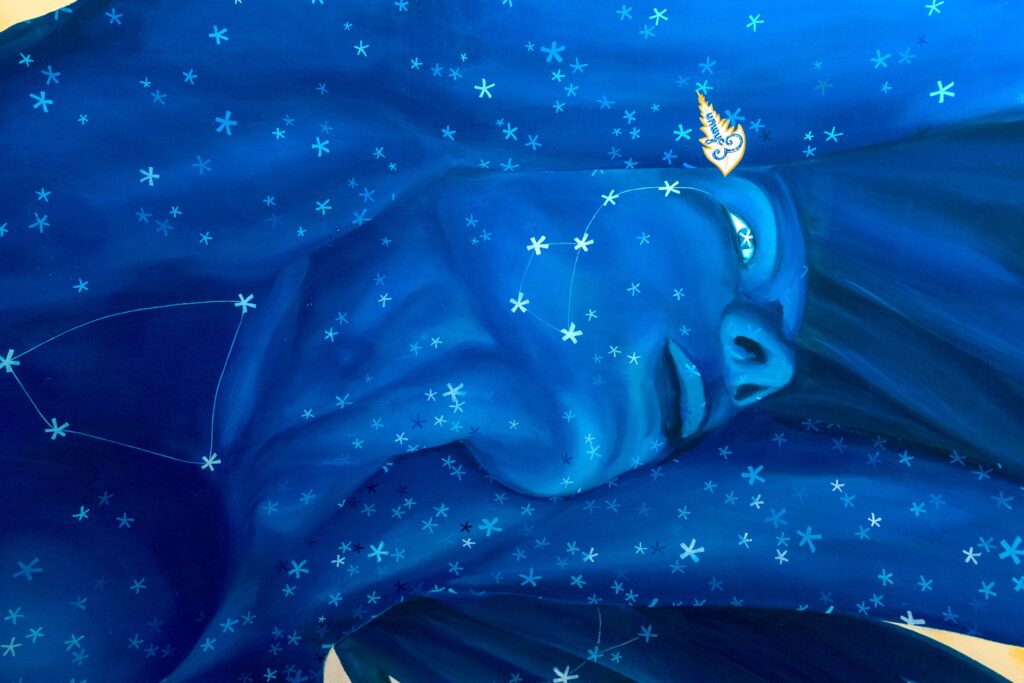
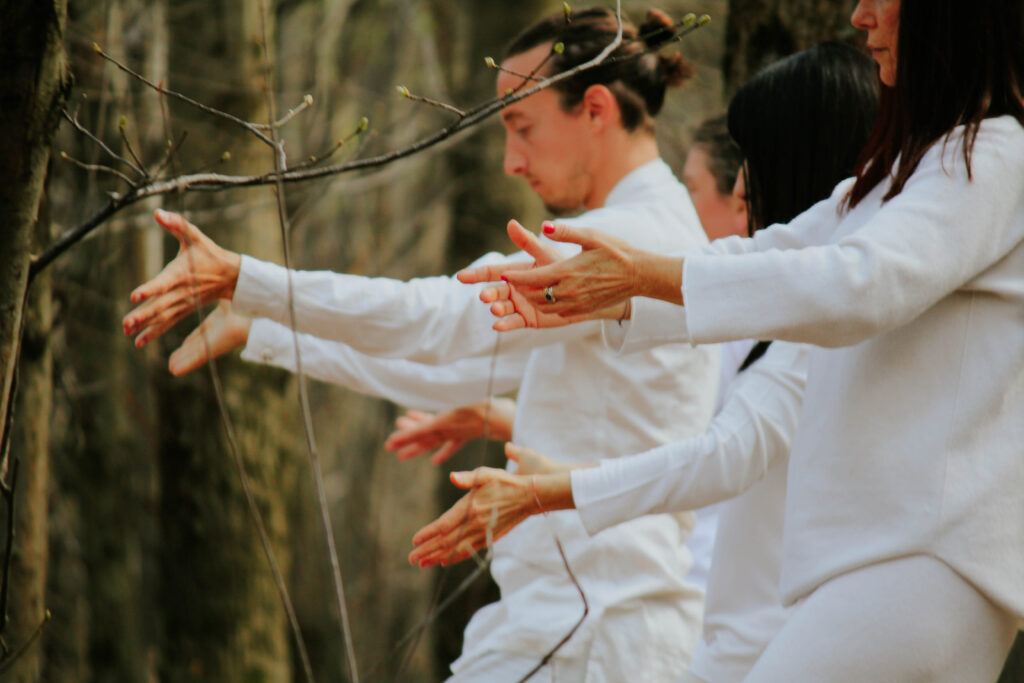
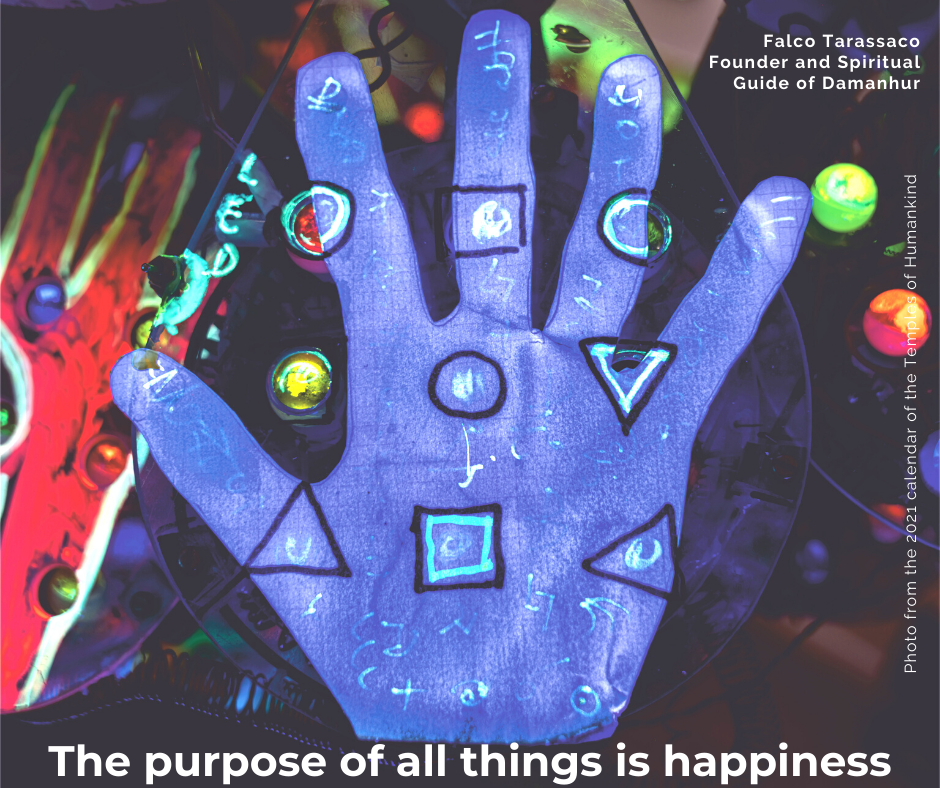
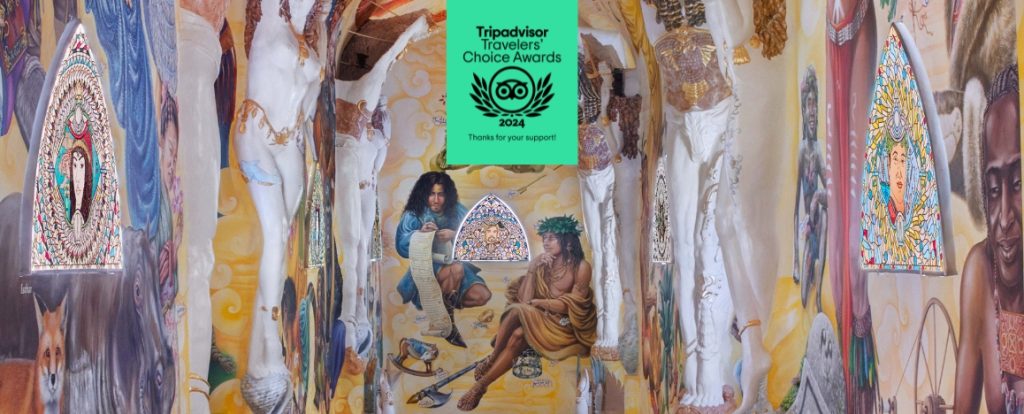
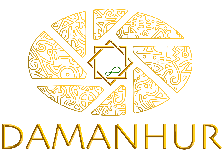
Responses